Types Of Water Purifiers
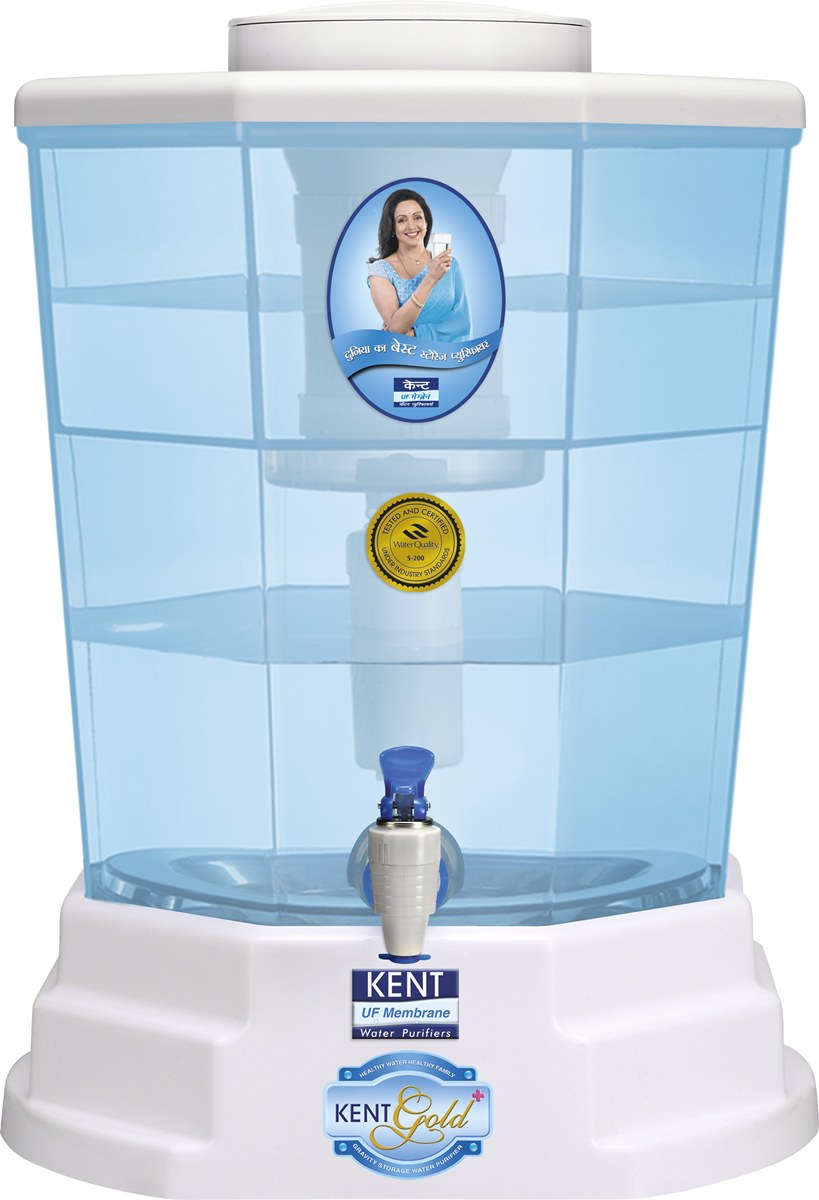
Do you live in a metropolitan city which is full of pollution? Do you receive drinking water every alternate day from the State? Then it is natural that you have installed a water purifier in your home to safeguard the health of the family members. There are times in rain filled months that the water may come in brown color. In these cases, it is advisable to have a water filter in your home. Or have you recently shifted from the village and looking to buy a water purifier? In the second case, this article will inform you about the types of water purifiers in your home.
There are few valuable points you need to know before selection of a water purifier in India. The type of water purifier you need to have in your home depends on the hardness of water, pollutants, contaminations and metal particles present. In this article on types of water purifiers, we present the different types, advantages, disadvantages, their style of working and removal of impurities.
If you classify them only based on the methods of water purification, they can be classified into five types –
- Ultraviolet (UV)
- Reverse Osmosis (RO)
- UltraFiltration (UF)
- Sediment Filter
- Activated Carbon
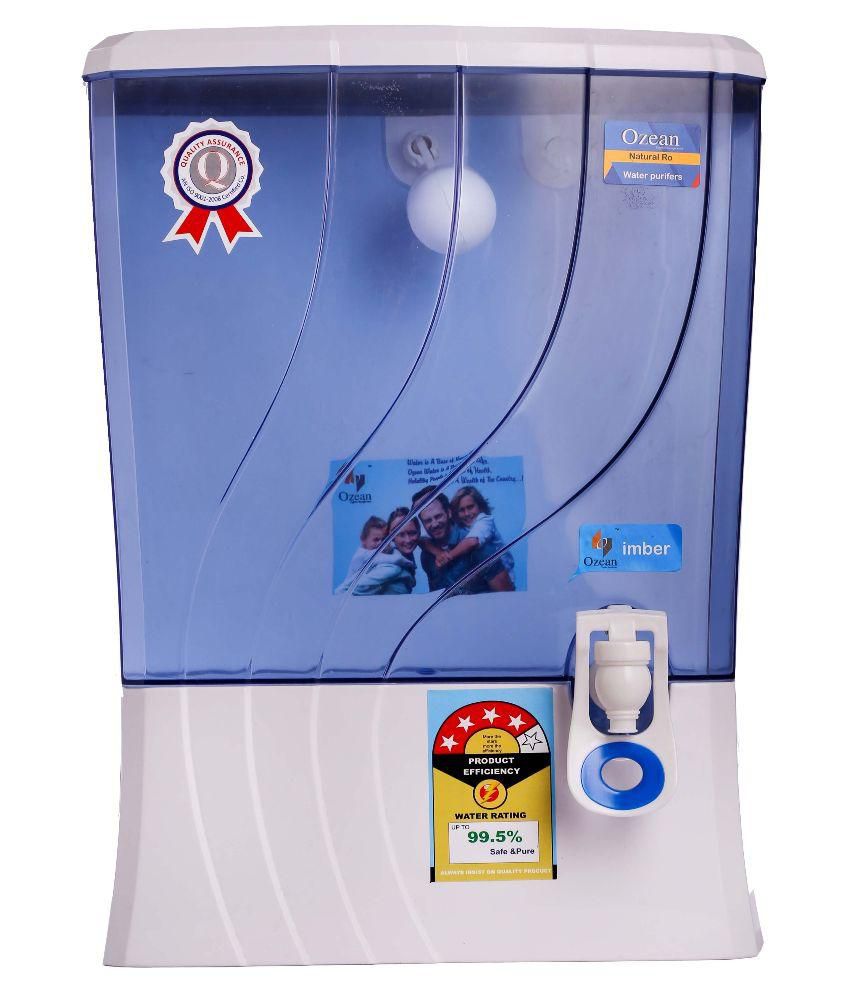
Image is taken from https://www.snapdeal.com/
1. RO Water Purifiers
This type makes use of semipermeable membrane for purifying the water. The water pump pressurizes the hard water to pass through the membrane. In the process, various elements such as fluoride, arsenic, chlorine, lead, sulfates and nitrates get trapped and you get purified water.
There are two types of RO water purifiers based on their installation.
- Table top or wall mounted RO water purifier
- Under Sink or Under Counter RO water purifier
You can install the first variety on the wall. In other occasions, you can also mount the device on the table. For the second variety, undersink water purifier, you can conceal it. One of the best places is below the kitchen sink.
Advantages
Along with dissolved metal particles and solids, the disease causing microorganisms may also get removed. In addition, it also enhances the odor, taste of water by removing the particles which act the opposite, i.e. provide bad odour and taste. It is safe, easy to maintain and also affordable.
Disadvantages
Requires electricity. The method involves production of large amount of waste water. For example, if you have to purify ten liters of water, five liters of water needs to be drained out.
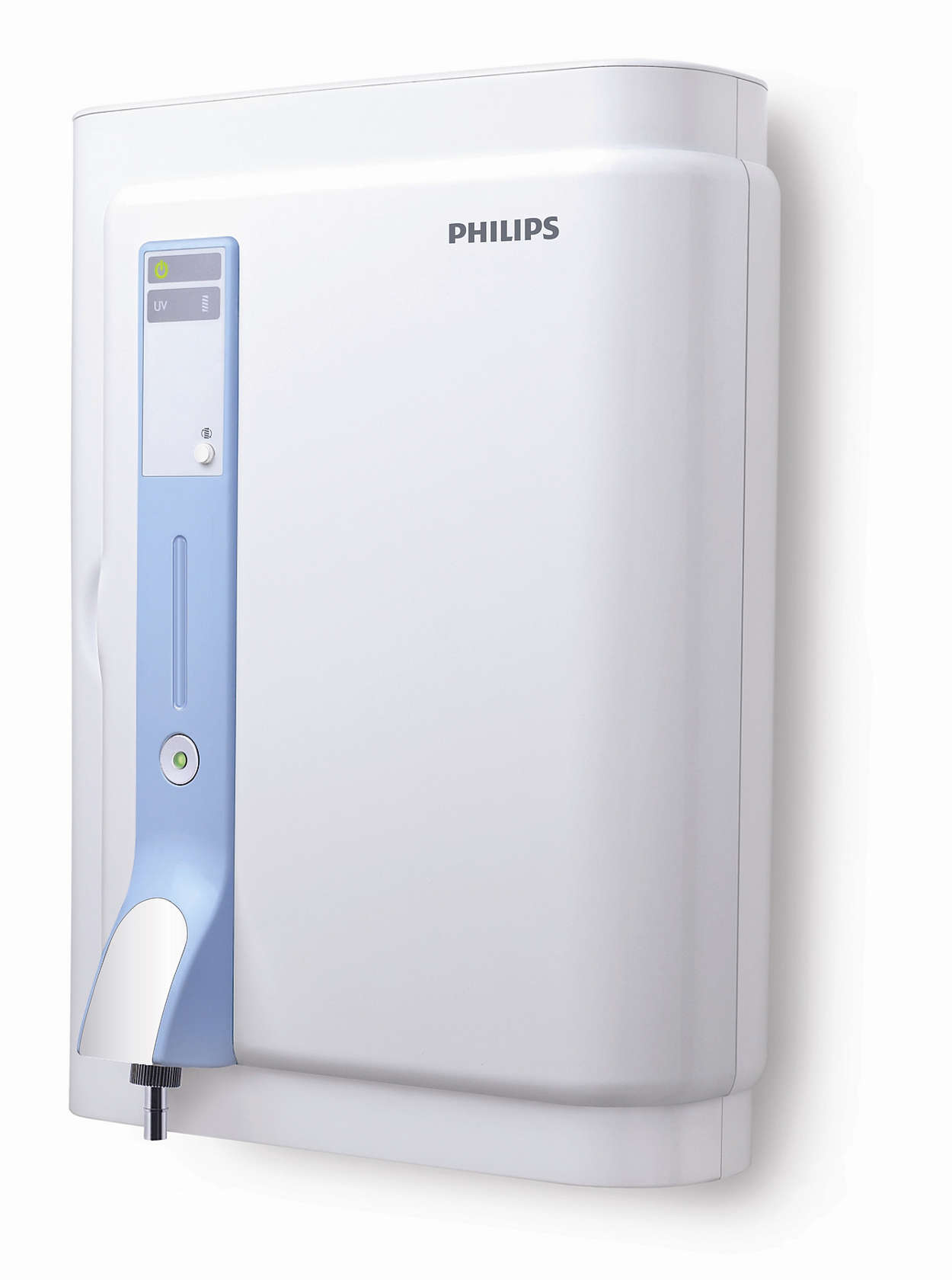
Image is taken from https://www.philips.co.in
2. UV Water Purifier
UV or Ultraviolet water purifier is best used if you have water containing disease pathogens such as cysts, viruses and bacteria. But it does not use any chemicals in the process. As the name states, it uses ultraviolet light. The appliance consists of a UV lamp tube and the water has to pass for purification. The lamp releases the UV light and the running water is cleaned of viruses and bacteria.
Advantages
- It is easy to maintain. You can change the lamp only once a year.
- With this model, you can get four liters of purified water in less time. Consider the other models such as UF, activated carbon water and RO take more time to purify the same amount of water.
- The amount of electricity required is very less.
- Have you installed UV water purifier in a storage tank? Then you have to clean it twice a week. In case of there is no water storage, then you do not need to do manual cleaning.
- The model makes no use of chemicals nor a membrane. So there is no change in taste.
- The most important part, it does not omit the essential minerals in water. So, your body gets vital nutrients.
Disadvantages
- The model definitely kills viruses and bacteria but their bodies still remain in the water. In case of large numbers, they may also cause illness.
- This model does not alter the color nor taste of water. So, if the water has a bad smell, then you will have to use the carbon water purifier along with this model.
- If the water is muddy, then undissolved solids such as mud, sand can become an obstacle to UV light.
This type is useful for water that has low total dissolved solids such as river water and lake water. Please note that this type is incapable of treating hard water which has high TDS. It also does not remove chemicals such as fluoride, arsenic and chlorine.
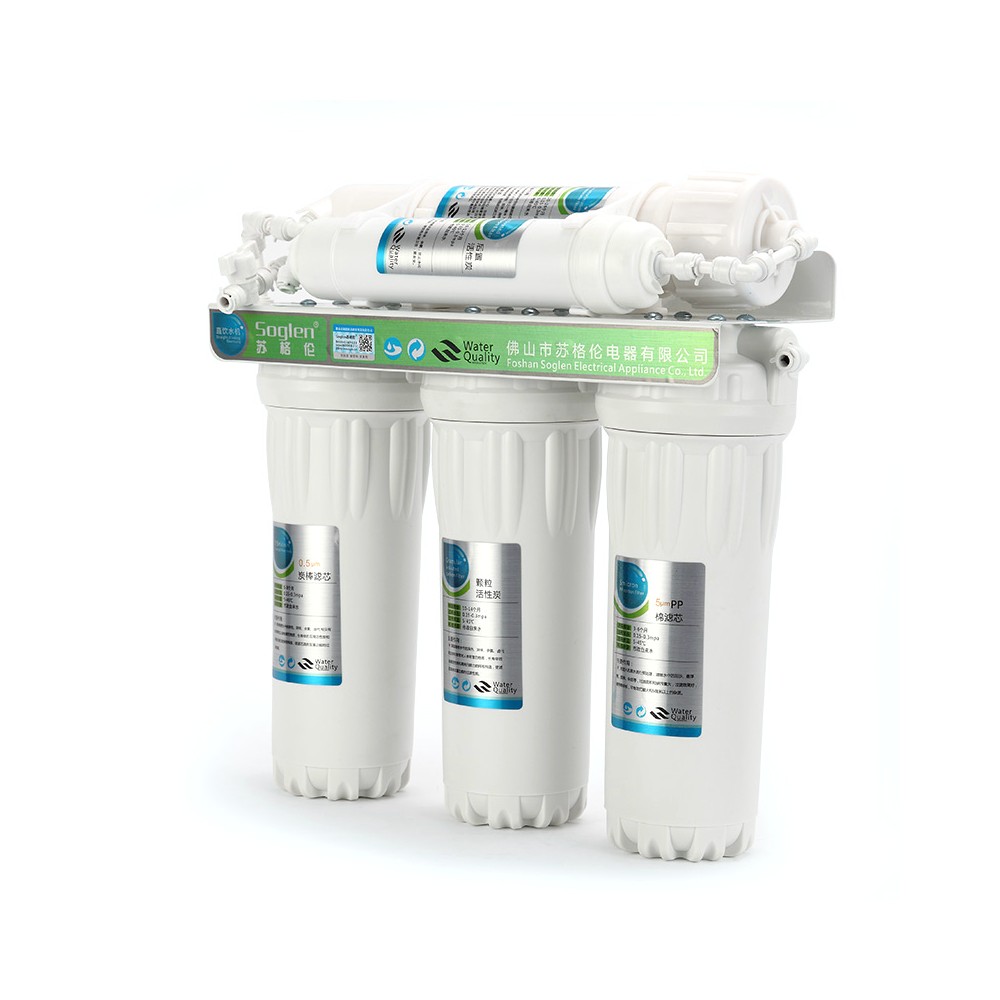
Image is taken from https://wholesaler.alibaba.com
3. UltraFilteration Model Water Purifier
Ultrafiltration or UF makes use of hollow membranes to separate other particles from water. If you run the necessary water against the membrane, then the bacteria, viruses and solids get trapped. Did you remember the RO water purifier? The work part is similar, but the UF can block large particles.
Do you live in place where there is no presence of chemical contaminants in water? Then you can use this model. The main reason, the device cannot remove chemicals but it can remove germs such as viruses and bacteria.
Advantages
- You put unpurified water in upper storage tank. The purified water is collected in the lower tank. Forget about water pressure.
- The model works in even low pressure conditions.
- It uses hollow membranes for blocking viruses and bacteria.
- It can remove germs and mold from water. Consider the other cases, UV models cannot purify muddy water.
- Any germs such as bacterias and viruses, they get blocked in UF membrane. Unlike UV, their dead bodies do not remain in water.
- It is easy to clean the model and the membrane. Please note, neither the pesticides nor the chemicals can do harm to the membrane. Usually, the membrane can be used till the span of three to five years.
Disadvantages
- It does not remove salts, so before and after purification, if the water is hard, it will remain the same. You cannot use this model for borewell water. However, you can use it for water from lakes and rivers.
- It is mandatory to clean the membrane at least twice a week. The reason, germs trapped in the membrane may reproduce and in case of large numbers can cause infection.
4. Activated Carbon Water Purifier
Just have another look at the title. Activated carbon. It is prepared from coconut shell, coal, wood and nut shells. Normally, it is made from charcoal. The benefits of opting for this model are many. Many of the water-borne diseases caused due to heavy metals and pesticides can be easily removed. This model can also remove bad taste and odor of water. It is also effective if you get chlorine in water from your house.
The model makes use of Adsorption property for purifying the water. In this process, the metals and chemicals stick to Activated Carbon surface. Even the chemicals such as chlorine and other pesticides stick to the carbon and only the purified water moves to the lower storage tank.
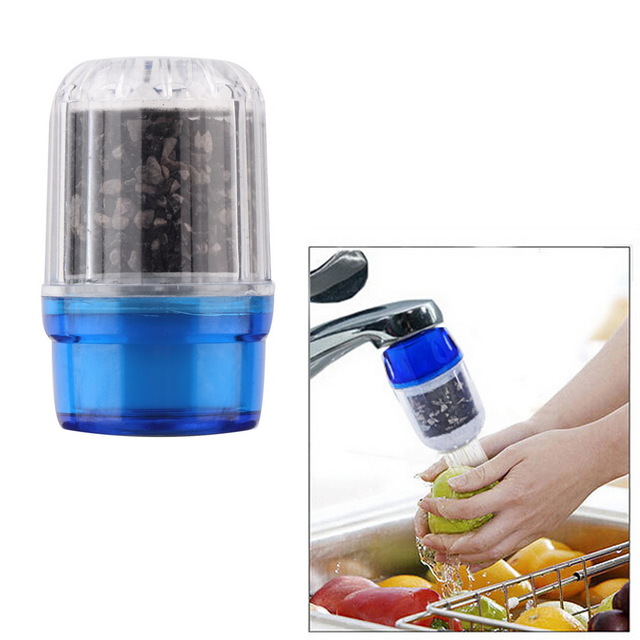
Image is taken from https://www.aliexpress.com/
Advantages
- The model can easily remove pesticides and chlorine.
- It can remove the bad odor and bad taste of water.
Disadvantages
- It does not have the ability to remove dissolved salts which cause hardness of water.
- Does not remove viruses and bacteria. If you do not properly maintain the model, the result will be growth of bacteria on the activated carbon surface.
5. Sediment Filter
This model can be best described as a pre-filter. It is used along with water purifiers such as RO and UV. The solid collected at the bottom is known as sediment. It may be metal pipes, rust flakes, mud or sand particles and easily removes the turbidity of water. The filter easily catches mud particles and unwanted dust in water.
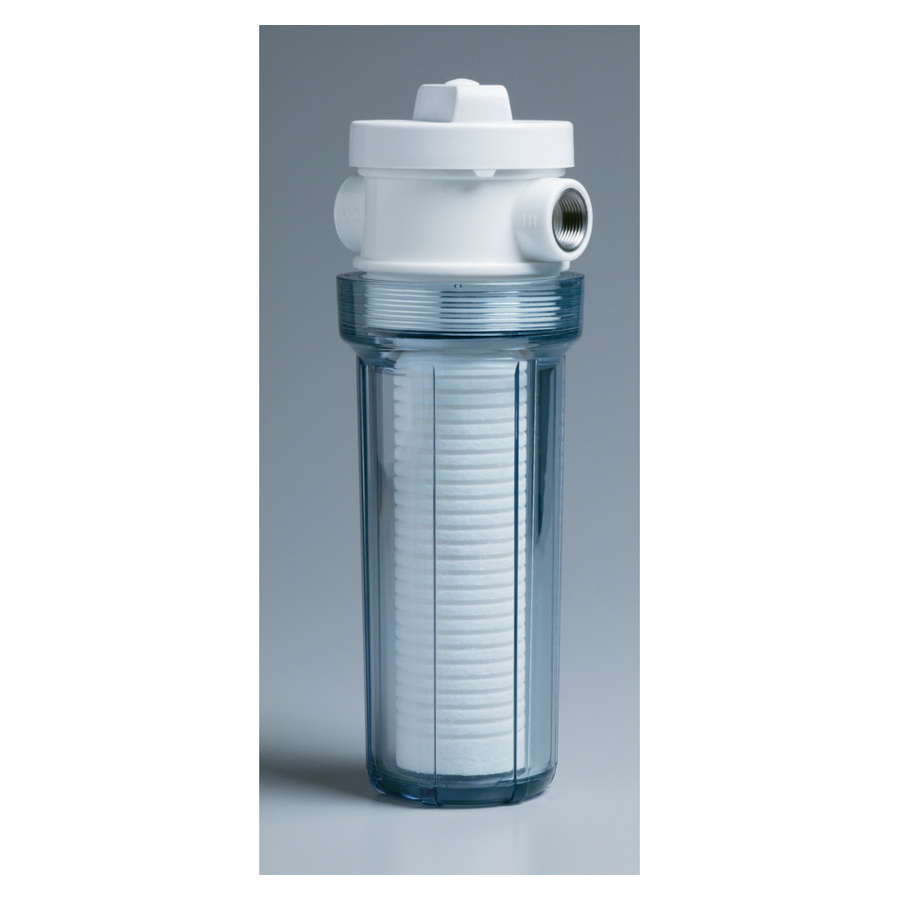
Image is taken from https://www.lowes.com/pd/
Usually, in India, the sediment filters are composed of polyester and cotton fibers. When water passes through, the dust particles get trapped.
Advantages
- It removes rust, dust and mud particles in water
- Removes other pollutants before filtration as it may get to the purification system and cause damage.
- When used along with other water purifiers such as RO, UV. It increases their lifespan by preventing damage.
Disadvantages
- It does not remove heavy metals, germs such as bacteria, viruses and dissolved solids.
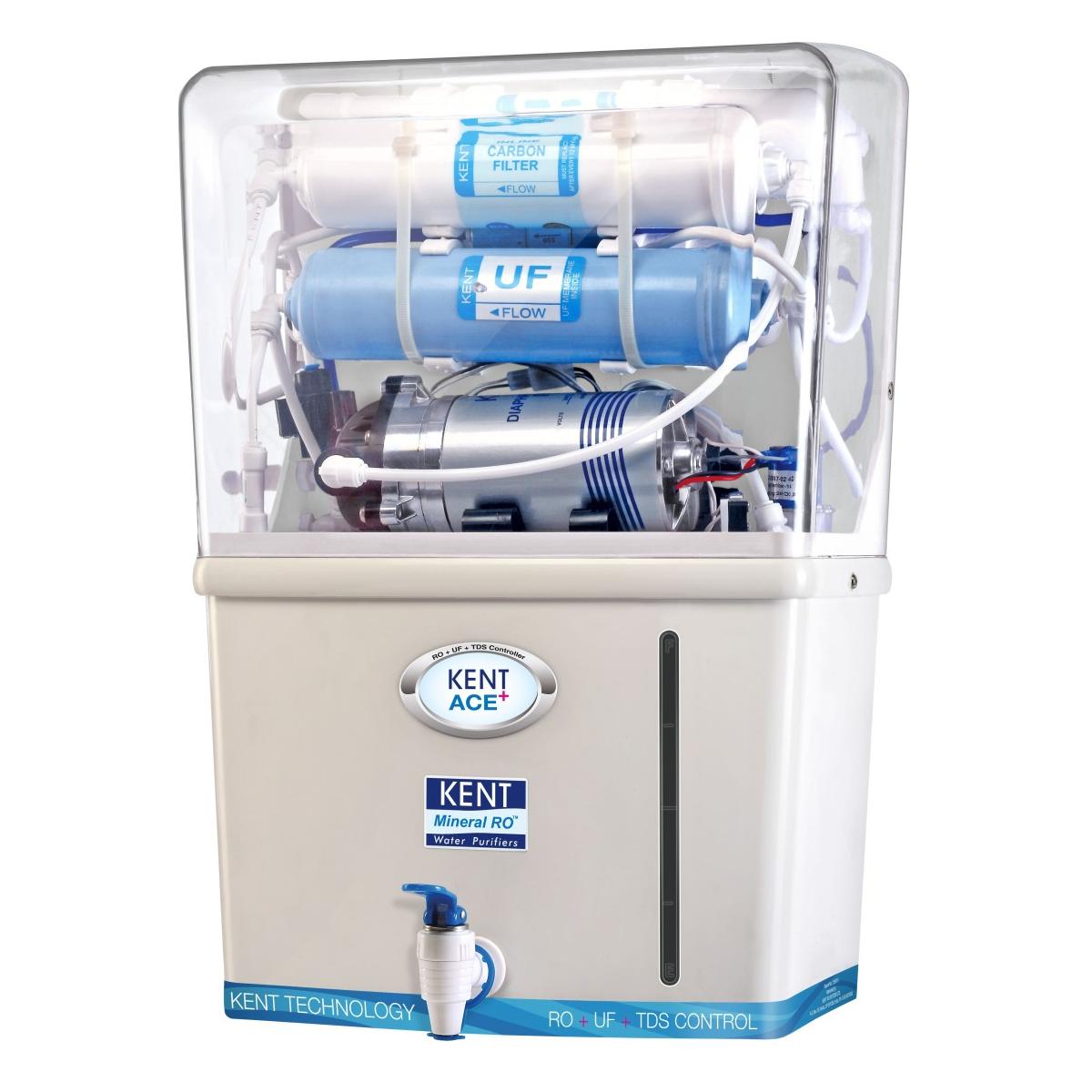
Image is taken from https://www.compareraja.in
Conclusion
So there, we end the article. Hope you have gained enough information on the correct model. Have you decided on the budget? Let us imagine, you brought the perfect water purifier. Now, after five years, even after giving proper maintenance, the water purifier malfunctions. Let us imagine, you are in Bangalore. And unlike the olden days, where the option is to seek technicians from referrals and listing websites, you selected the recent trend. You downloaded the app of the best home maintenance companies in Bangalore who provide qualified doorstep technicians for water purifier repair in Bangalore. You get the option to select the best technicians and also to schedule the service as per your convenience. Now, on a particular day, the concerned technician will come and restore the service back to normal.